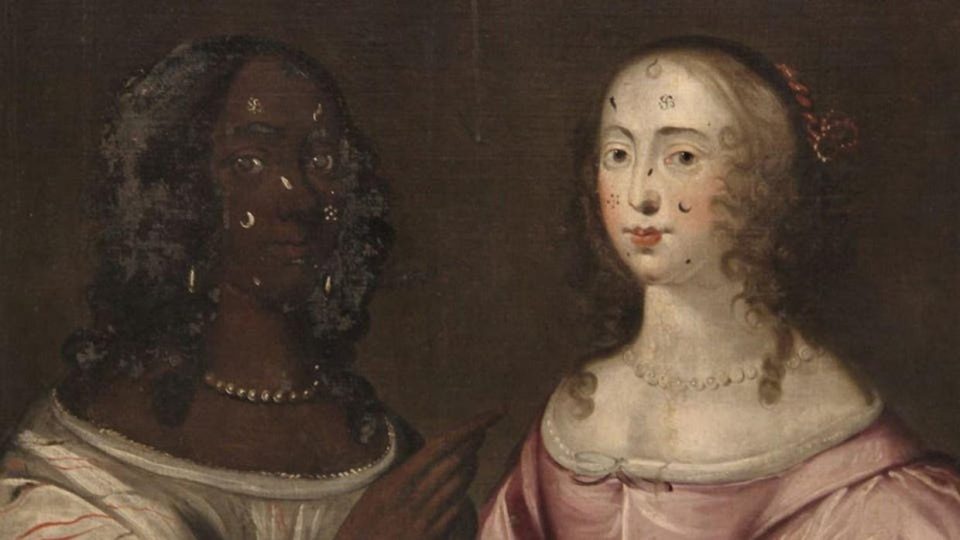
UK has placed export bar on a rare 17th-century painting. Here’s why

The UK has placed a temporary export bar on an “extremely rare” 17th century painting showing a black woman with her white companion in the hope it can be acquired for the nation.
The anonymous work from the 1650s, titled Allegorical Painting of Two Ladies, English School, is valued at £272,800 (₹2.74 crore). The block lasts until March 9, 2022, after when it could leave the country unless a UK buyer purchases the work.
“This extremely rare painting shows two women, one black and one white, side by side, presented as companions and equals with similar dress, hair and jewellery. The depiction of a black female sitter in a 1650s painting was highly unusual, particularly a work showing an adult, rather than a child in a position of subservience, inviting important debate about race and gender during the period,” the UK Department for Digital, Culture, Media & Sport, Arts Council England, and the Arts Minister Stephen Parkinson, known as Lord Parkinson of Whitley Bay, said in a statement.
“Another remarkable aspect of the painting is the depiction of beauty patches on both the women. Although in vogue at the time, the painting appears to condemn wearing these ‘spots’ via an inscription above the two women which claims wearing beauty patches is a sin of pride, a widespread opinion in the 17th century,” the statement said.
The painting has much to teach about England in the 17th century, including in the areas of race and gender, Parkinson said, adding: “I hope a gallery or museum in the UK can be found to buy this painting for the nation, so that many more people can be part of the continuing research and discussion into it.”
The decision to place the export bar followed the advice of the Reviewing Committee on the Export of Works of Art and Objects of Cultural Interest (RCEWA).
“This anonymous painting is a great rarity in British art, as a mid-seventeenth-century work that depicts a black woman and a white woman with equal status. It is not a portrait of real people, as far as we know, but the inscription reveals that it is in fact a sternly moralising picture that condemns the use of cosmetics, and specifically elaborate beauty patches, which were in vogue at the time,” said Pippa Shirley and Christopher Baker, members of the RCEWA.
“Although not distinguished artistically, its imagery relates in fascinating ways to contemporary stereotypes of women, fashion, and, through the juxtaposition of the figures, race.
“The fact that it has only recently emerged, and only one other related painting is known so far, and that it could be used to explore important aspects of black culture in seventeenth-century Britain, makes it particularly important that it remains in this country so that its meaning can be widely studied and understood.”

